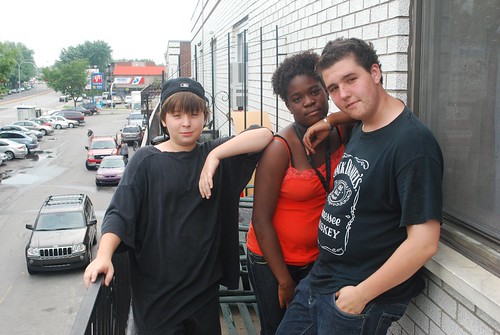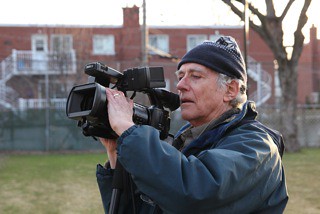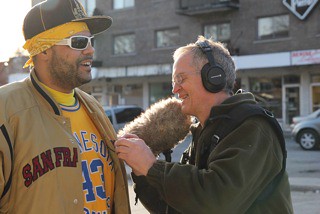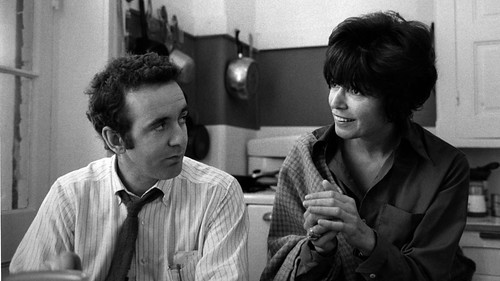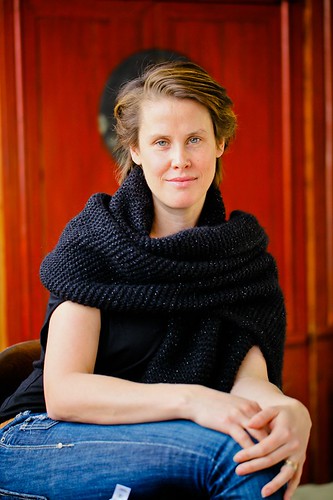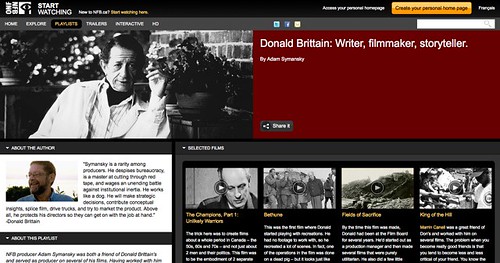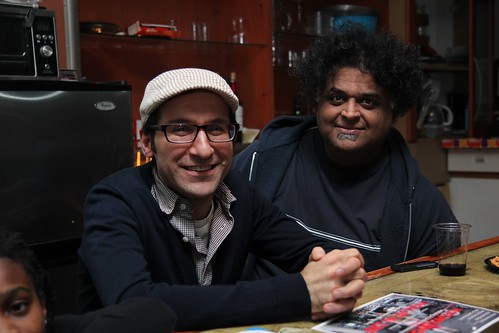
I wasn’t at the Hot Docs festival in Toronto this year, because I’m in production. But my colleague Tobi Elliott, the writer and filmmaker who helps me with this blog was there, and picked this film to write about. Over to Tobi:
You won’t find a stronger documentary that so beautifully brings out Indonesia’s churning social and religious questions than Position among the Stars (Stand van de Sterren), which screened recently at Toronto’s Hot Docs festival. Earlier this year the film took home the Best Feature-length Documentary at IDFA and a World Cinema Special Jury Prize at the Sundance festival.
Directed and shot by Dutch filmmaker Leonard Retel Helmrich, it’s the concluding film in a trilogy following a poor family living through modern-day Indonesia’s tumultuous decade of change. (His first two films The Eye of the Day and Shape of the Moon won the Joris Ivens Award IDFA – 2004, and the World Cinema Documentary Grand Jury Prize at Sundance – 2005.)
Position among the Stars continues Helmrich’s 12-year documentation of Rumidjah, an elderly Christian grandmother living in the world’s largest Muslim community, and her family. Rumidjah struggles to keep her non-observant Muslim sons on track, and to provide for her granddaughter’s uncertain future in an increasingly globalized economy. Through the microcosm of a single family, we see all the issues Indonesia is struggling to come to grips with today.
Helmrich’s cinematography style is astonishingly intimate. Using his unique “Single-shot Cinema” method – his excellent website where he describes his trademark style is here – and an array of relatively cheap consumer cameras, he brings the audience into startling moments of truth in the family’s life.
After a screening he answered some questions about his film:
Describe your filming technique and how you got such intimate scenes with this family.
I didn’t want to be just an observer, and standing, shooting scenes from the outside. I wanted to be a participant, among them. As I filmed, I was just being with them, together.
There is a drama going on always, and when you get to know people you can predict what will happen, and I just make sure that I get the right angle from the right place. I call it single-shot cinema. At a scene, I shoot in a single shot and only in the editing it gets cut.
I also used five different cameras, normally I have just consumer cameras, but they are all specialized in certain things. I use them like a painter would use a brush. So I can say that in this situation, “this camera would be best.”
In the scene of the boy running (ED NOTE: a long scene with multiple shots of a young boy running through Jakarta’s alleys after he’d stolen some clothes) I just ran after him, and he ran away… but I knew where he would go, I knew his labyrinth by then. So when I had a number of my shots and I thought “if I want to make my story round I should do something extra – I should do with the camera what he wanted to do himself.” The boy wanted to fly. So I took the little camera and put it on a bamboo stick and lifted it up to get a kind of a crane shot.
How much time did you spend with the family, and how did you meet them?
I was there about 14 months, almost every day, actually living their life for that time. This is the third part of a trilogy, the first I shot almost 12 years ago, so they know me quite a lot.
In 1990 was the first time I went to the village where my mother was born, and it was there I met them. Rumidjah’s husband was still alive, he was about twenty years older than her and he still could speak a little Dutch. Because of the old colonial tie. So it was a great bond between us and we became friends. It was just before the fall of Suharto (May 1998.)
And then I hired Bakti (Rumidjah’s son) as a driver and I was seeing what was happening with the family. And it was historical, this change in the country because the Suharto family was a dictator and he had to step down, and there were huge protests, and it was similar to what is happening now in Arab countries. And I saw that what was happening in their life was a microcosm of what was happening in greater Indonesia so I thought, I’d better focus on them.
Can you talk a bit about the themes you pulled out?
The main reason I decided to focus on religion, economy and politics is because it’s the three things that are very much changing and making this turmoil in Indonesia. If you look at every newspaper they are really the three main things. The economy is booming, but there is a also a kind of reaction from the religious part. And politics of course, you have to cope with these events.
Helmrich said he doesn’t plan to film a fourth installment, but if something were to happen in the family that was important with respect to Indonesia, then “I’m ready.”

